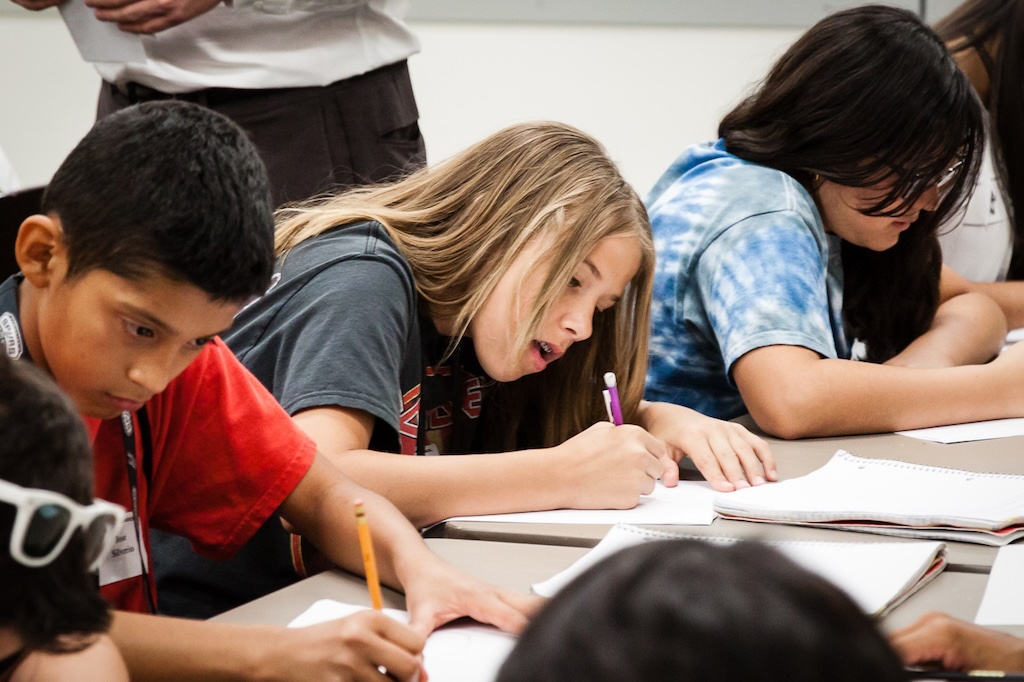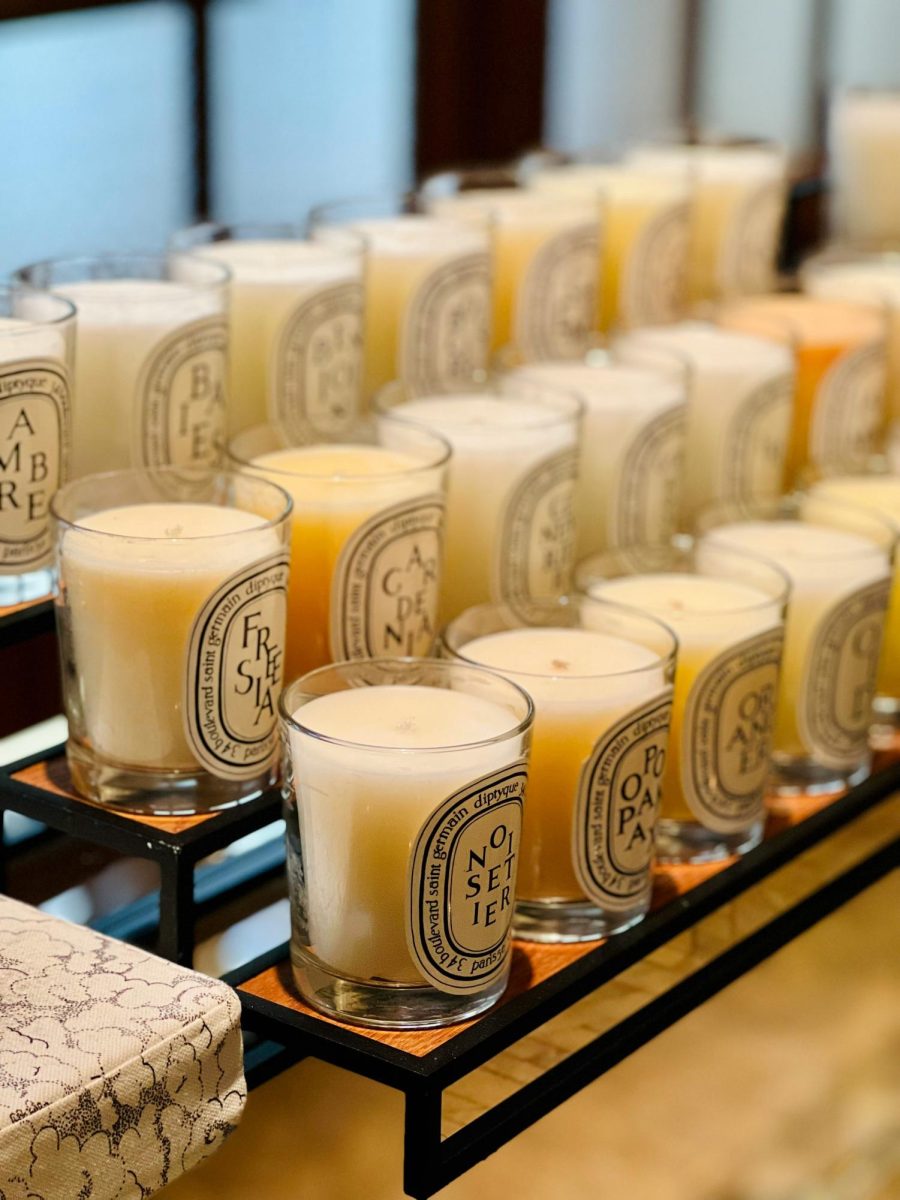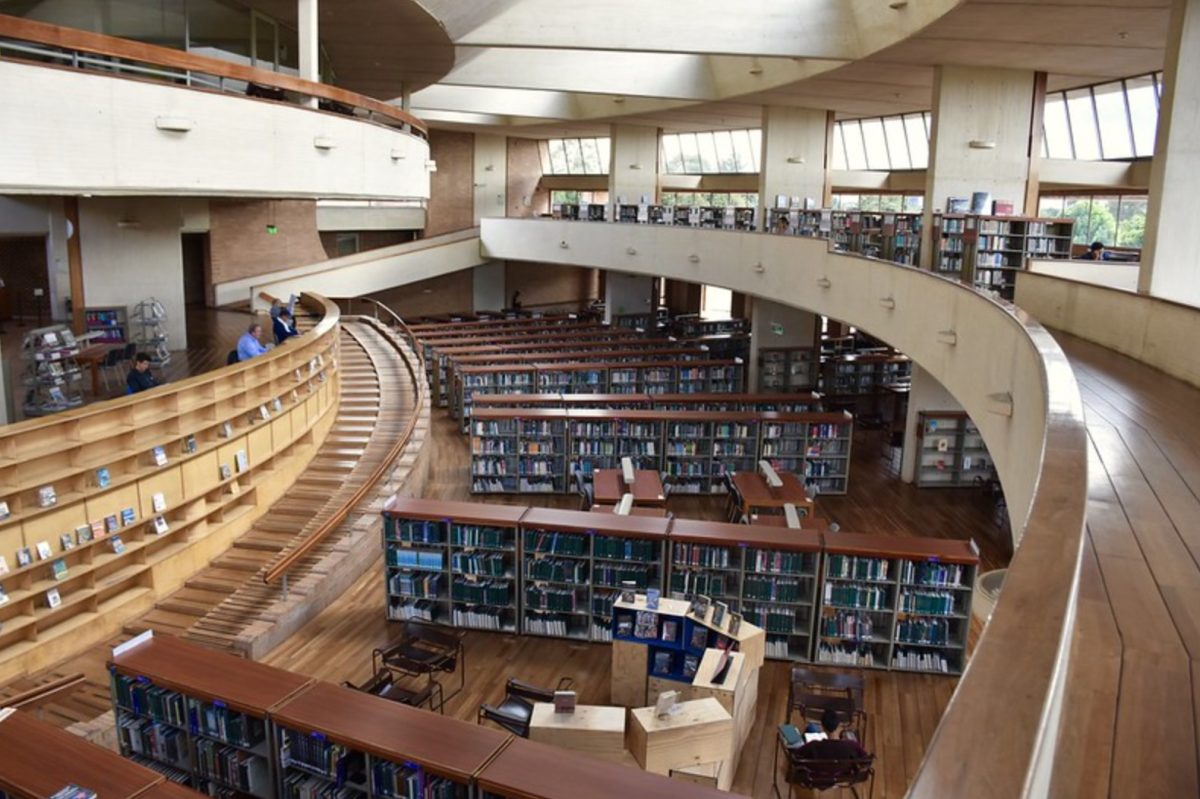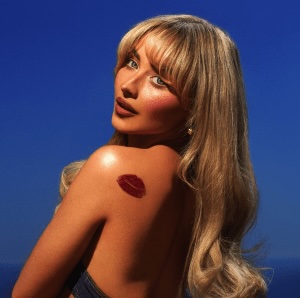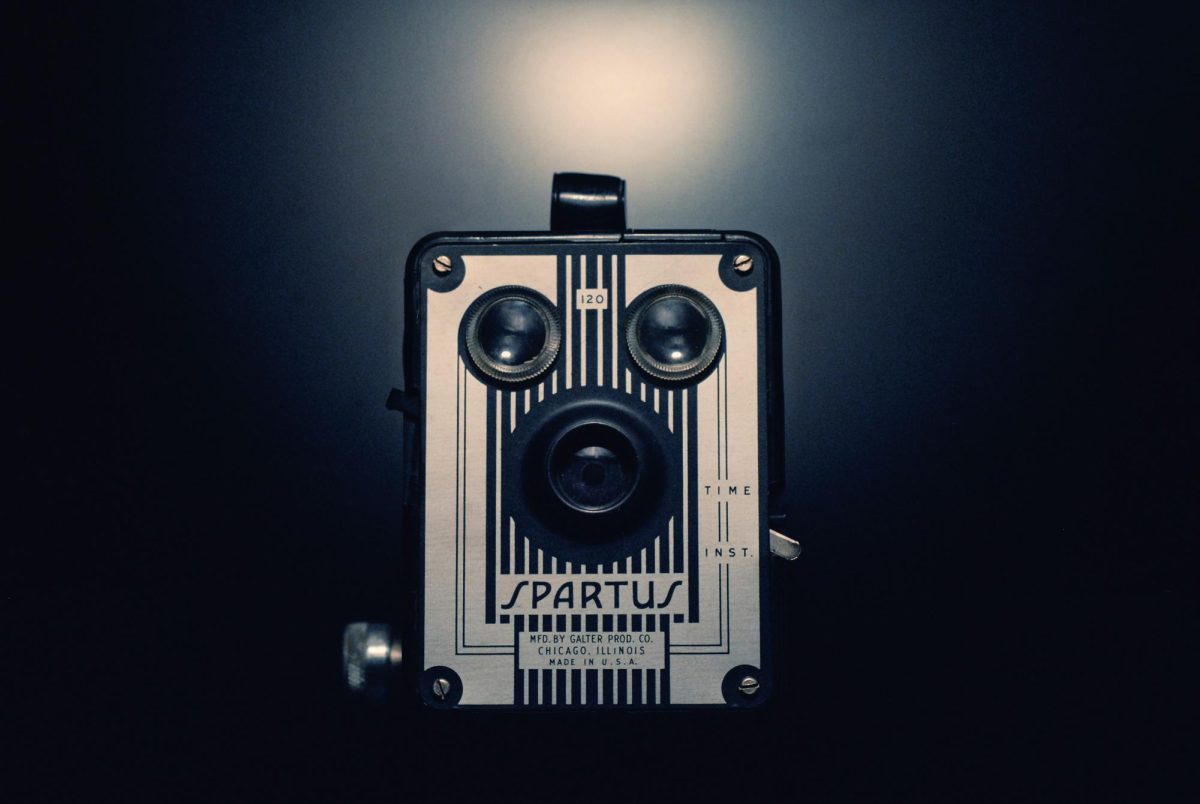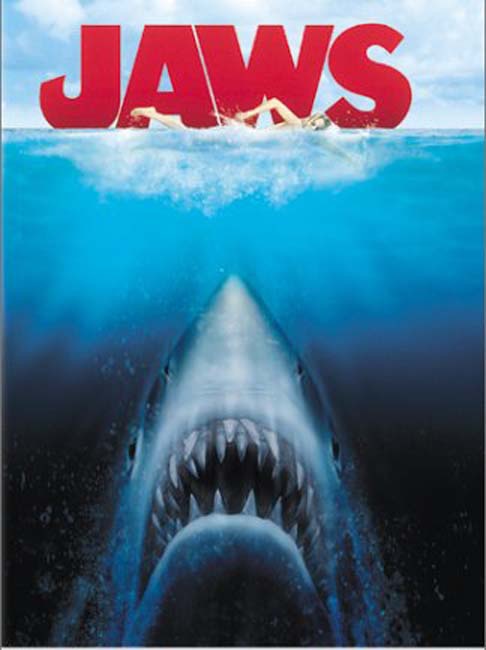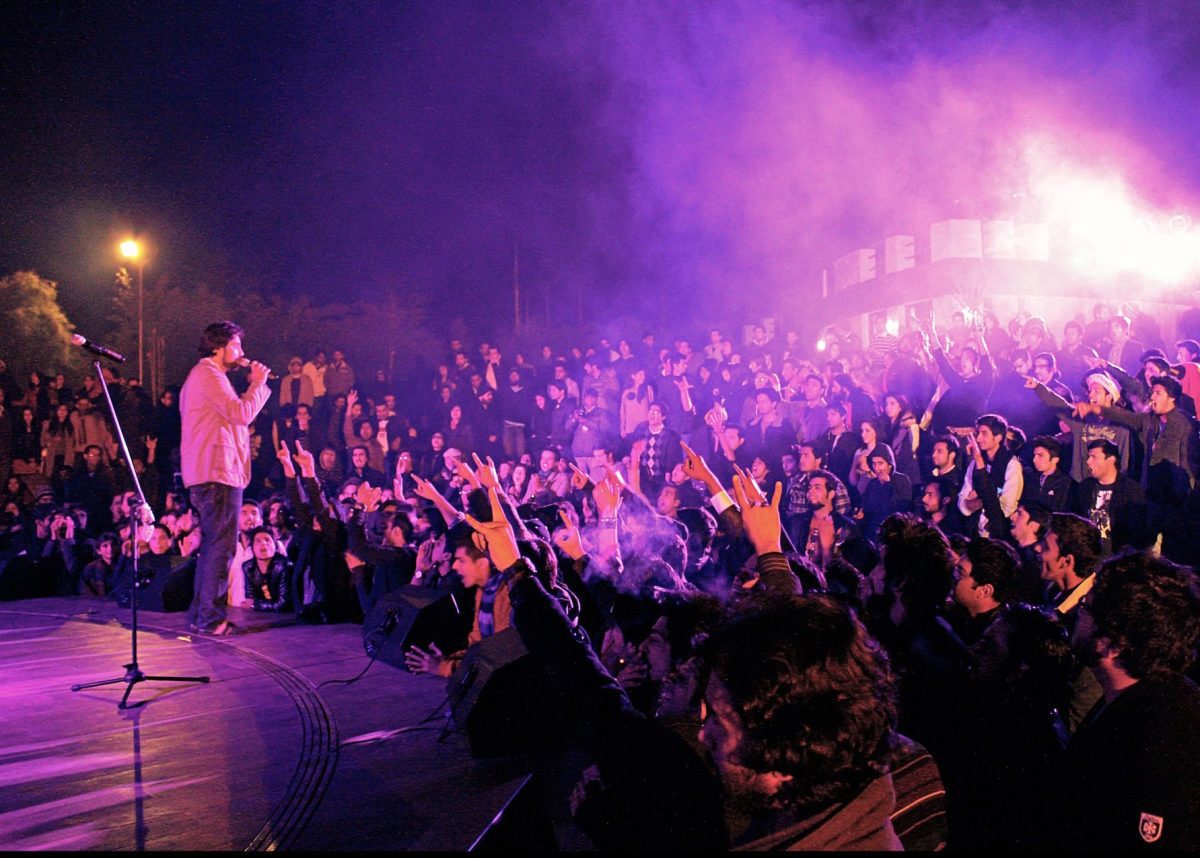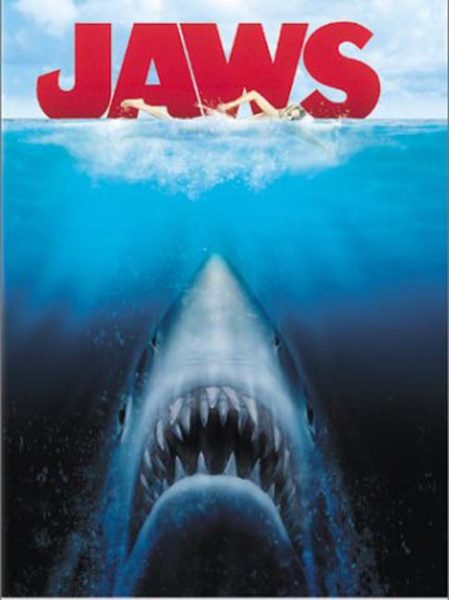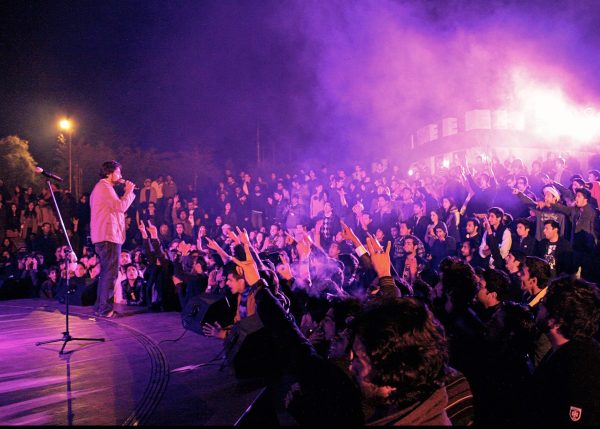Smithsonian’s Reality TV Show Makes Contemporary Art Accessible
“The Exhibit: Finding the Next Great Artist” is a new, multi-episode reality TV show that aims to open up and demystify the world of modern and contemporary art for a wide range of viewers. A collaboration with MTV and the Smithsonian Channel led by The Smithsonian’s Hirshhorn Museum and Sculpture Garden, this six-week docuseries follows seven working American artists, each hoping to win the final prize of $100,000, through their creative processes. Additionally, the winner of the prize will have their work exhibited at the Hirshhorn. The show brings modern and contemporary art to a wider audience and showcases the diversity of the art and its creators.
Katie Hobbs, the Hirshhorn’s Director of Communications and an integral collaborator behind The Exhibit, touched on the groundbreaking nature of a reality TV show revolving around art in an interview.
“The Hirshhorn as The National Museum of Modern and Contemporary Art is charged to share the national collection with the broadest, most diverse audience,” Hobbs said. “We’ve never done a television program before, but by virtue of being a contemporary art museum, we work with artists who are constantly doing new things, so it challenges us to do the same, to work in new ways,” she added.
Not only is the audience diverse, but so are the artists. Inspired by the collected and exhibited works of the Hirshhorn, as well as their personal artistic identities, the artists interpret prompts from the judges to visually express their opinions on topics including gender, the COVID-19 pandemic and social media. Unlike other reality shows, the judges do not eliminate any artist over the six-week period. Any artist, regardless of how many weeks they win or lose, may win the final contest, which judges the totality of their work.
Jamaal Barber is an Atlanta-based artist, printmaker and educator who connects his understanding of Blackness with social issues, culture and identity through his art. For the show, he created a black-and-white ink mix of male and female anatomy.
Frank Buffalo Hyde, a resident of Northfield, Minnesota, is an Onondaga and Niimíipuu artist who conveys modern Indigenous life through his paintings using satire, pop sensibility and nature. For the competition, he painted a red cardinal, which switches gender in the wild and is accepted by the entire flock.
Jillian Mayer from Miami works with video, sculpture, photography, performance and web-based experiences to examine the connection between technology and humans. In the first episode, she placed the chemical versions of testosterone and estrogen in glass flowers to explore gender.
Misha Kahn, an experienced artist based in New York, works with sculpture and design to produce comical and eccentric objects, specializing in the use of 3D vinyl sculptures. His first work was a large, lounging banana — a typical symbol for male anatomy — with bulbous seeds — representative of female fertility — under the peel. The judges deemed it too literal without evidence of deep concept.
Lastly, Jennifer Warren, who lives in Chicago, stands out as the only self-taught artist of the group. With traditional oil paint in a realistic style, she captures nature, beauty and the experiences of women of color. She drew on her childhood to paint herself dreaming in her bedroom next to household cleaning supplies, which represent the controlling boundaries of traditional gender roles imposed on her by her mother.
Hobbs emphasized that the goal of the show is to increase interest and engagement with contemporary art.
“If we can show people the magic of what happens when somebody puts a paintbrush to a canvas, I think we can get them interested in contemporary art,” Hobbs said.
In this sense, the Exhibit provides an exciting opportunity for viewers to appreciate the vision, labor, skill, provocation and individuality of the seven artists. The hope is that the exposure through this show and increased attendance at museums like the Hirshhorn will broaden the accessibility and public perception of art.
Your donation will support the student journalists of Sidwell Friends School. Your contribution will allow us to purchase equipment and cover our annual website hosting costs.

Naomi Sedwick is currently a Social Media Manager for Horizon. Prior to this, she worked as a Staff Writer for the newspaper.
















